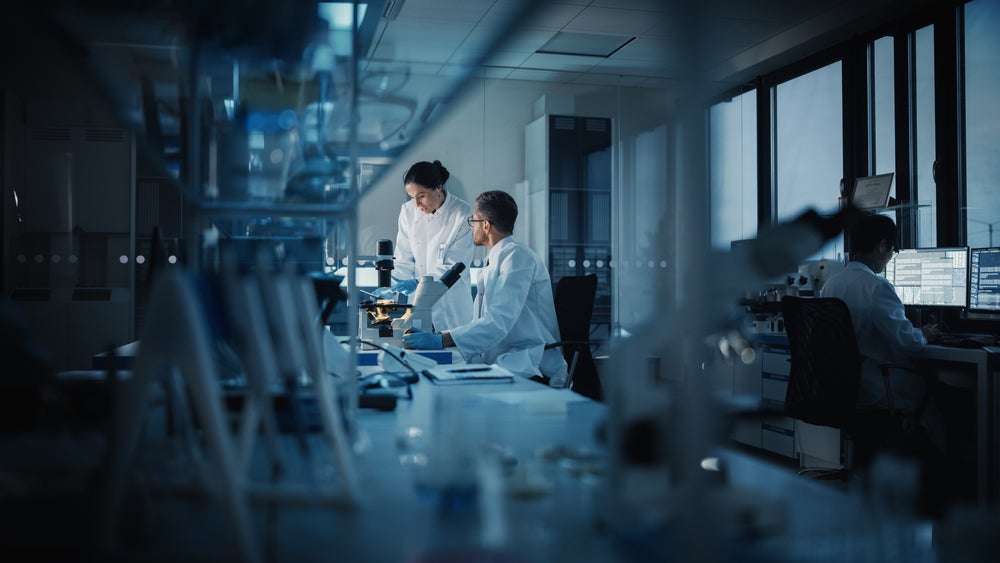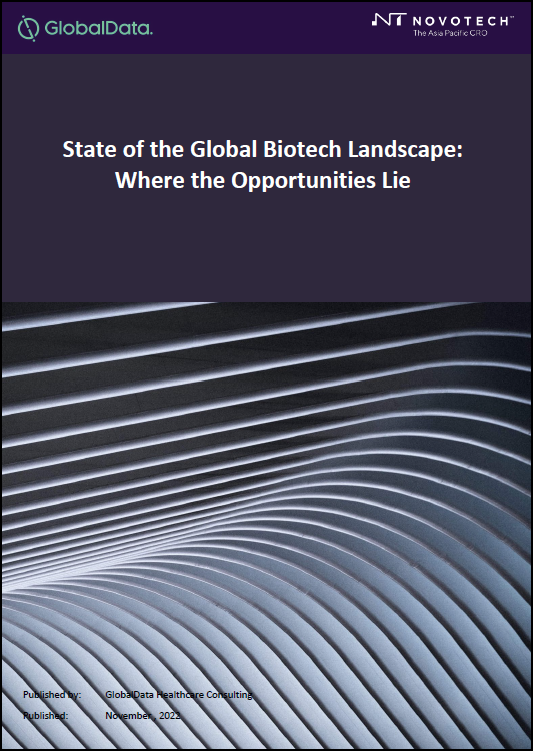
The global vaccine development landscape has been subject to unprecedented upheaval in recent years. The COVID-19 pandemic accelerated technological adoption and amplified cooperation. At the same time, it exposed weaknesses in global vaccine development and distribution. In a recent Endpoints webinar, Keeping Pace with the Evolving Global Landscape in Vaccine Development, sponsored by Novotech, the leading Asia Pacific CRO with global execution capabilities, experts from across the Asia Pacific region discussed the current global vaccine development landscape and explained why Asia Pacific is increasingly recognised as a hub for research.
COVID-19 learnings
In the midst of tragedy, the COVID-19 pandemic stimulated a lot of welcome innovation in vaccine development.
“It changed the way vaccines are developed and delivered for outbreak potential, or pandemic disease,” explains Dr Sushant Sahastrabuddhe, Associate Director General with the International Vaccine Institute (IVI), based in Seoul, South Korea.
mRNA vaccines are a prime example of an innovation that was supercharged by the pandemic, as well as new methods of administration including intranasal vaccines and MAPS (microneedle array patches).
“Intranasal vaccines are going to be a really important part of not only what we do with COVID, but other respiratory pathogens as well,” says Dr Paul Griffin of Brisbane, Australia, infectious disease physician and Clinical Director of Infectious Diseases at Mater Health Services, and Associate Professor at the University of Queensland Medical School. “[And] patches have a lot of interesting properties in terms of being stable at room temperature for long periods of time, et cetera.”
At the same time, COVID-19 cast a spotlight on the issue of equity in the healthcare industry, says Sahastrabuddhe: “We want to make sure that people who are left without vaccination during COVID-19 should have access as well. Partners including WHO, GAVI and UNICEF [are working] to make sure that the people who need the vaccine will get the vaccine.” The good news is that advances like MAPS could help bring vaccines to more countries.
More powerful vaccines
“[Genomics have] been a really big part of our response to COVID-19,” says Griffin. Genomics have the capability to help improve public health surveillance and predictions, meaning that pathogens could be identified and vaccines developed before they have a chance to develop into pandemics. “The stronger our genomic sequencing is, the better we understand what’s happening with existing viruses,” says Griffin.
Drug development is constantly seeking opportunities to develop vaccines that are safer and more efficacious, including novel innovations like mRNA vaccines, DNA vaccines, protein peptide-based vaccines, personalised cancer vaccines, and lipid nanoparticle-based vaccines, says Dr Babaji Yadav, Senior Consultant with Novotech Drug Development Consulting, based in Sydney Australia.
“People are trying different ways to improve these vaccines and deliver these vaccines in a way to make them more efficacious or enhance the immunogenicity, durability and overall efficacy,” says Yadav. “Technologies like electroporation and microneedle technology are coming quite nicely.”
Regulatory evolution
COVID-19 has helped many countries develop better self-reliance thanks to new, more agile regulation.
“There has been a lot of regulation during COVID-19 that countries need to develop capabilities to get ready for any future pandemic,” says Sahastrabuddhe. “Regulatory agencies showed flexibility in terms of reviewing protocols, giving clear guidance to manufacturers, to developers and to governments, and having a very clear strategy in terms of how and when to license products.”
More streamlined regulatory processes, and more global standardisation for trial protocols, have played a significant part in reducing the typical timeline for vaccine development from up to 10 years to 260 days for COVID-19 vaccines.
“Asia Pacific regulatory bodies responded positively to the call for solidarity,” Jenny Arellano, Novotech’s Director of Clinical Services in the Philippines, based in Manila, Philippines, explains. “Regulatory and ethics bodies quickly put in infrastructure for continued service to review clinical trial applications. Regulatory authorities in Asia Pacific have opened the doors for rapid review and put in place technical experts to support the review process.”
Eyes on Asia Pacific
Amid the shifting environment for vaccine trials, Asia Pacific has emerged as a favoured destination, thanks to its unique combination of favourable characteristics. “Asia Pacific is host to more than 4 billion people, which represent 60% of the world’s population,” says Arellano. “There’s also a large number of treatment-naïve individuals.” For vaccine trials, which require large study populations, this is an attractive proposition.
At the same time, Asia Pacific is home to enthusiastic investigators with high success rates for recruitment and retention. This is coupled with an improving regulatory landscape, increasing governmental investment in trial infrastructure, and overall lower cost of running clinical trials.
As countries recover from the impact of the COVID-19 pandemic, global unity, regulatory flexibility and innovative approaches should be maintained. Meanwhile, it is clear that there is still room for improvement when it comes to vaccine inequity, national self-reliance and vaccine hesitancy.
To find out more about clinical research opportunities in Asia Pacific, click here



